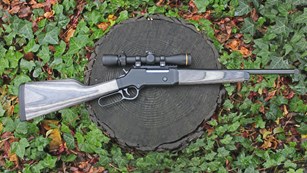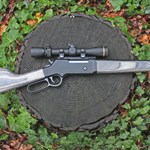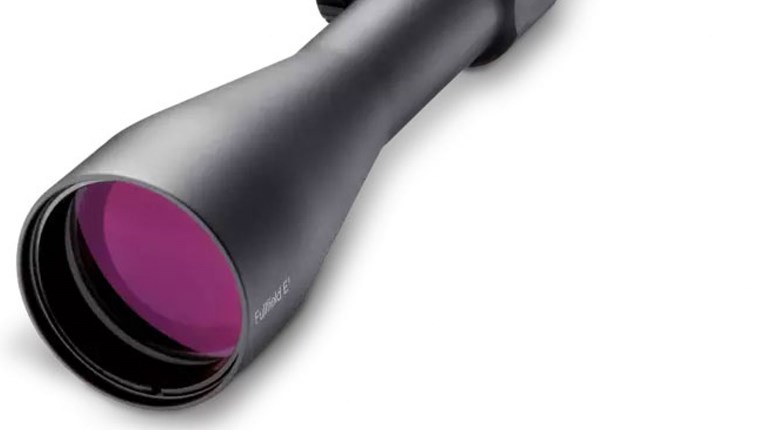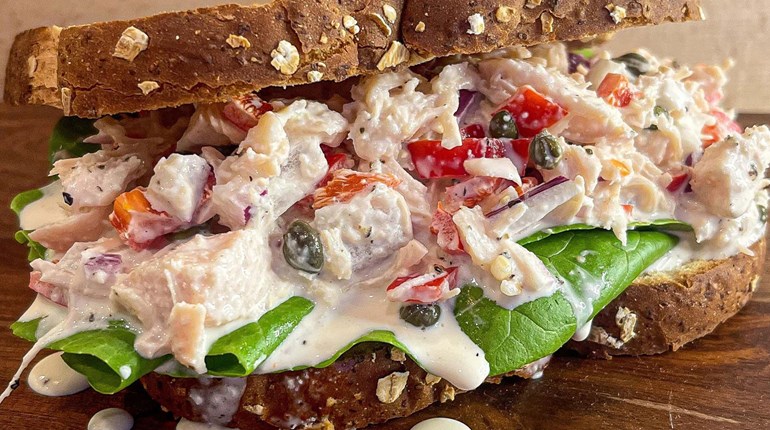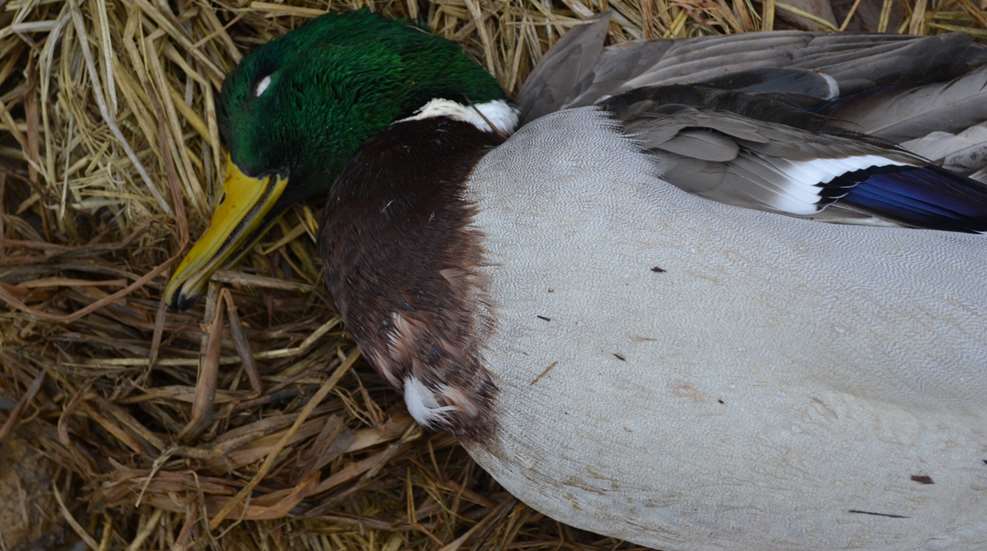
Taxidermy is a great way to remember a special hunt or honor a special animal you’re particularly proud of. Done right, it can be a beautiful addition to your home. Done wrong—and we’ve all seen it done wrong—it can be a disastrous waste of money and effort. If you plan to have any animal mounted, keep these tips in mind to end up with a quality product.
General Advice
No matter what species we’re talking about, a few general rules apply. How you care for the animal in the field will have a huge impact on the quality of the mount you’ll get back. Understand that moisture and warmth breed bacteria, which leads to hair slippage and hide damage. Do what you can to get and keep the animal dry and cool it off as quickly as you’re able. The faster you’re able to get it to a taxidermist, the better—the day of the hunt is ideal.
If you can avoid it, don’t try to cape out anything you’re not confident about; the taxidermist will do a much better job than you can, so let him. It’s wise to have a taxidermist picked out ahead of time so you can make sure he’s a good one (check his work) and ask him if he has any particular way he wants you to handle an animal before you bring it to him. Some taxidermists prefer things done a little differently than others.

When caping, don’t cut up the chest, don’t try to cape out the face if you’re not experienced, and take care to make as few holes in the hide as possible.
Deer and Big Game
If you shoot a deer, an elk, a bear or other big game, handle it carefully in the field. You’ll need to field-dress it to get it cooled off, and try to avoid blood on the hide as much as you’re able (a tall order, I know). When gutting, do not cut the cape all the way up to the front legs/chest—stop a few inches short, or your taxidermist will have a serious stitching job. The less stitching he has to do, the better your mount will look.

Try to avoid dragging a big-game animal out of the field if possible. If you must drag it, don’t pull against the grain of its hair, and don’t tie the rope around its neck.
When it’s time to haul the animal out of the woods, don’t drag it on the ground, especially against the grain of the hair. Use an ATV, a tarp, a sled, or whatever else you can to get it out of the field without scraping a bunch of hair off. Don’t tie a rope around the neck for dragging or hanging—hang it by the back legs to butcher and cape it.
Back at camp, keep the hide dry, which means you don’t want to stick it in a cooler with ice. It’s OK to hang a deer hide-on for a few days to age it if the conditions are right—temps that stay below 40 degrees and no sun on the carcass. I personally do not age deer; I skin and butcher them the same day I shoot them if possible.
Don’t cape the face out unless you are extremely confident in your skills. This is a really tricky area to get right. It’s better to sever the spine at the neck and send the whole head attached to the rest of the hide. Send as much of the hide as you’re able so the taxidermist has plenty to work with—don’t cut the hide off at the neck and think you’re going to get a great mount back. Don’t salt or Borax the hide unless you’re in a remote area without refrigeration for a few days. It’s best to leave the hide untreated, fold it flesh-to-flesh (so the skin and hair don’t touch each other) and get it to a taxidermist asap. You can refrigerate it for a couple of days, but if it’s going to be longer than that, put it in the freezer.

Hanging any animal by its neck is a big mistake if you plan to have it mounted.
Small- and Medium-Sized Game
If you shoot a coyote, fox, squirrel, rabbit or other small mammal you’d like to mount, your best bet is to deliver it whole to the taxidermist, preferably the same day you shoot it. You don’t need to field-dress it, but you do need to cool it off quickly, and not in a cooler full of ice—moisture is the enemy, remember. If you can’t get it to a taxidermist right away, put the animal in a plastic bag, squeeze the air out, and freeze it. It’ll stay good in the freezer for months if necessary.
Waterfowl, Turkeys and Upland Birds
The same rules apply to birds: Handle carefully, keep them dry, cool them quickly, and get them to the taxidermist as soon as you can. Do not gut a duck, turkey or other bird; your taxidermist will prefer to get them whole.

Handle waterfowl delicately to avoid breaking the feathers. Don’t hold them by the neck for photos!
For ducks and geese, don’t hang or handle them by the neck or hold them up by the neck for photos, which can damage the fragile feathers beyond repair. You might have been told to wrap the bird in newspaper or put them in pantyhose, but most taxidermists say this is a bad idea. The bird will likely be wet, and there’s not a lot to be done to avoid that, but cool it off quickly, smooth the feathers down in their natural direction, gently tuck the head down under the wing, and put the bird in a zip-top bag. If you’re headed straight to the taxidermist, I’d leave the bag slightly open to allow moisture to escape. If not, squeeze the air out of the bag and immediately freeze the bird until you can get it to the taxidermist.

For turkeys, ensure the tail is intact. If you’ve shot it all up, this bird might not be a good choice for a mount. If feathers are lying on the ground nearby, gather them up and give them to the taxidermist when you deliver the bird. Smooth the feathers in their natural direction, handling everything delicately, including the head. McKenzie Taxidermy Supply recommends stuffing a paper towel in the mouth to avoid blood dripping on the feathers, then wrapping the head in paper towels secured with tape or a rubber band. Then tuck the head under the wing and fold the wings against the body. Again, it’s ideal to go straight to the taxidermist at this point, but if you can’t, bag up the whole turkey in a garbage bag. I recommend you make a protective “envelope” for the tail out of two pieces of cardboard, so the feathers don’t get damaged in transit. Freeze it immediately. Do not put the bird in a bag until it’s time to go in the freezer, because the moisture in the carcass will cause feather slippage or spoilage if it can’t escape.
If you are very confident in your skills and you want to cape the bird, ask your taxidermist if he wants you to use salt, Borax or nothing at all on it. Of course, the ideal time to have this conversation is before you go hunting, so you have a plan in place.
When done properly, taxidermy is a great way to remember a special hunt or a special animal. But a beautiful mount doesn’t start at the taxidermist’s shop—it begins in the field with how you care for and prepare the animal.










